CLIENT HANDBOOK
Overview
The following is the Secure Tech Solutions Client Handbook providing discussion questions, use cases, logistics and checklists for a wide array of our cloud services. For an interactive flipbook version of this handbook, please click
here.
Cybersecurity
Includes:
Malware/Ransomware/Phishing
Vulnerability & Penetration Testing
End-Point/Edge Protection
Compliance Testing
WFH/Remote Employees
Employee Security Training
24/7/365 Live Monitoring
VPN
Discussion Questions
How would you know if an unauthorized person accessed your data? How often do you test for vulnerabilities?
In the event of a breach, does your business have an Incident Response plan in place?
How confident are you with your current security solution? Have you completed a security assessment recently?
Are you confident that you are appropriately protected and that you have visibility to detect active security concerns?
Are you aware of any security incidents occurring over the last year? If so, what were they? What was the extent of the incident? What were your takeaways?
Did you know?
85% of cybersecurity breaches are caused by human error.
94% of all malware is delivered by email.
80% of cybersecurity events involve phishing attacks.
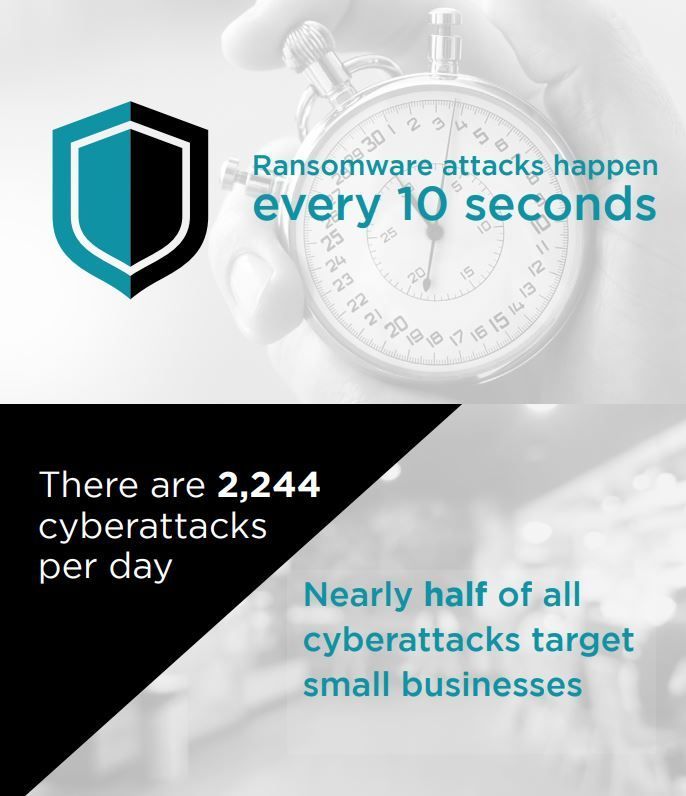
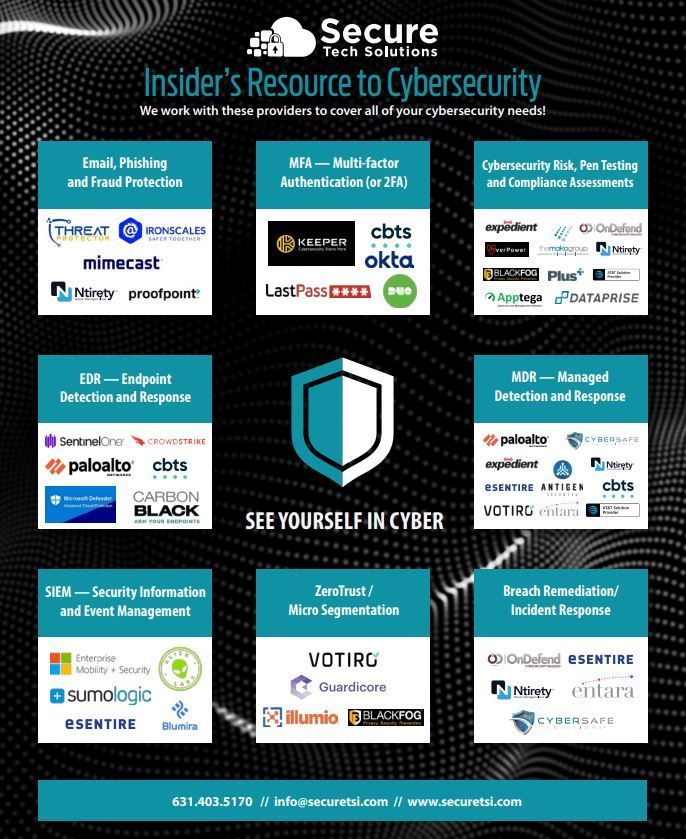
Featured Providers
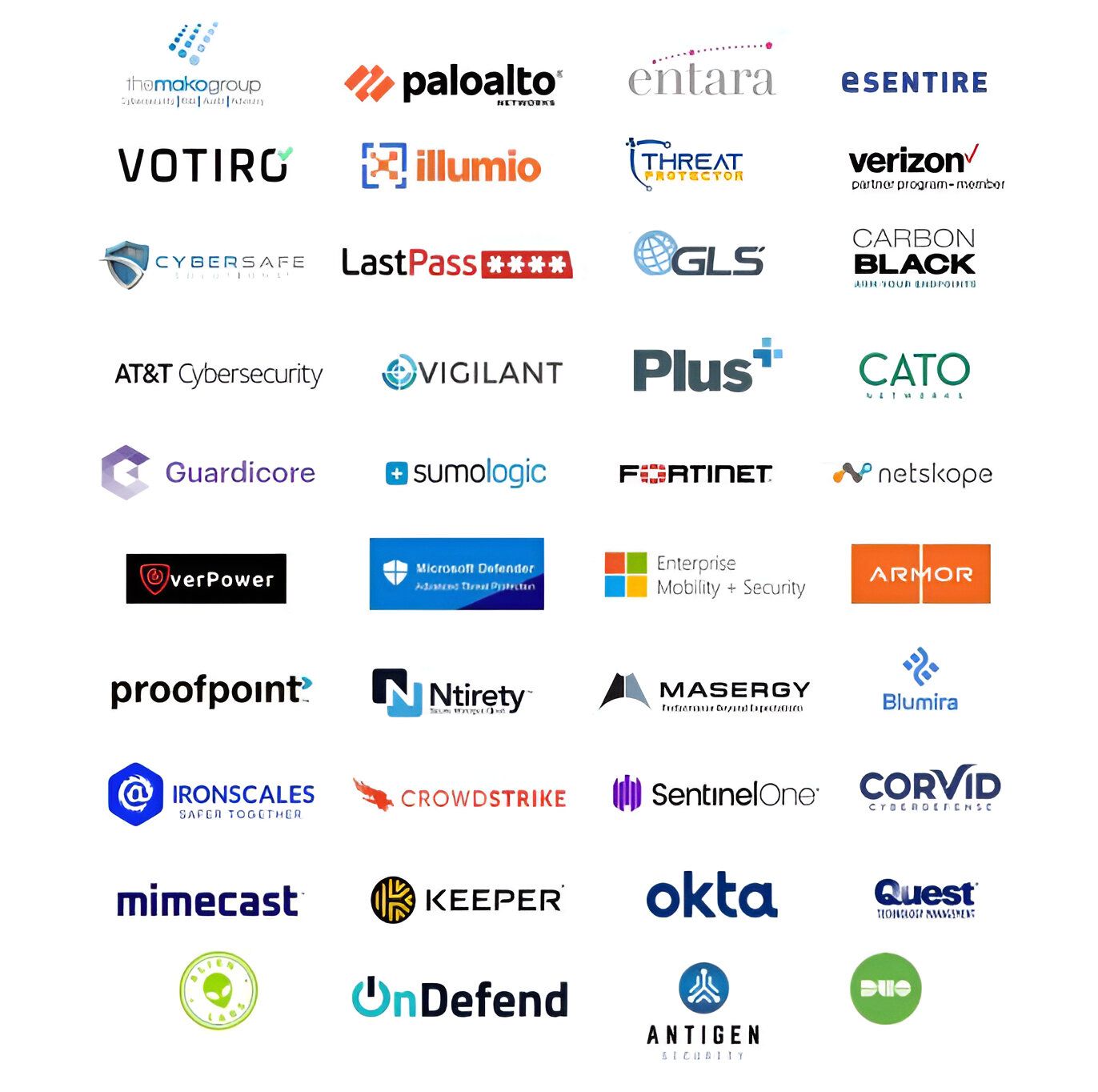
Connectivity
Includes:
Broadband/Coax
Satellite & Wireless Connectivity
Dedicated Fiber
Dark Fiber
MPLS
Direct Route to AWS/Azure
4G/5G/LTE
Remote WIFI – Prioritization
Discussion Questions
Who provides your bandwidth today? How long has this solution been in place?
Do you have redundancy and diversity built into your network today?
What type of issues or challenges have you experienced with your current solution(s)? Have you run into any pressing issues with your connection overall?
How do your remote employees access the VPN?
Do you have visibility into your bandwidth utilization, packet-loss or jitter?
Did you know?
ETS provides and project management. This includes moves, adds, changes, etc.
ETS has tools available to our partners such as FiberLocator to look up connectivity options for their customers.
Featured Providers
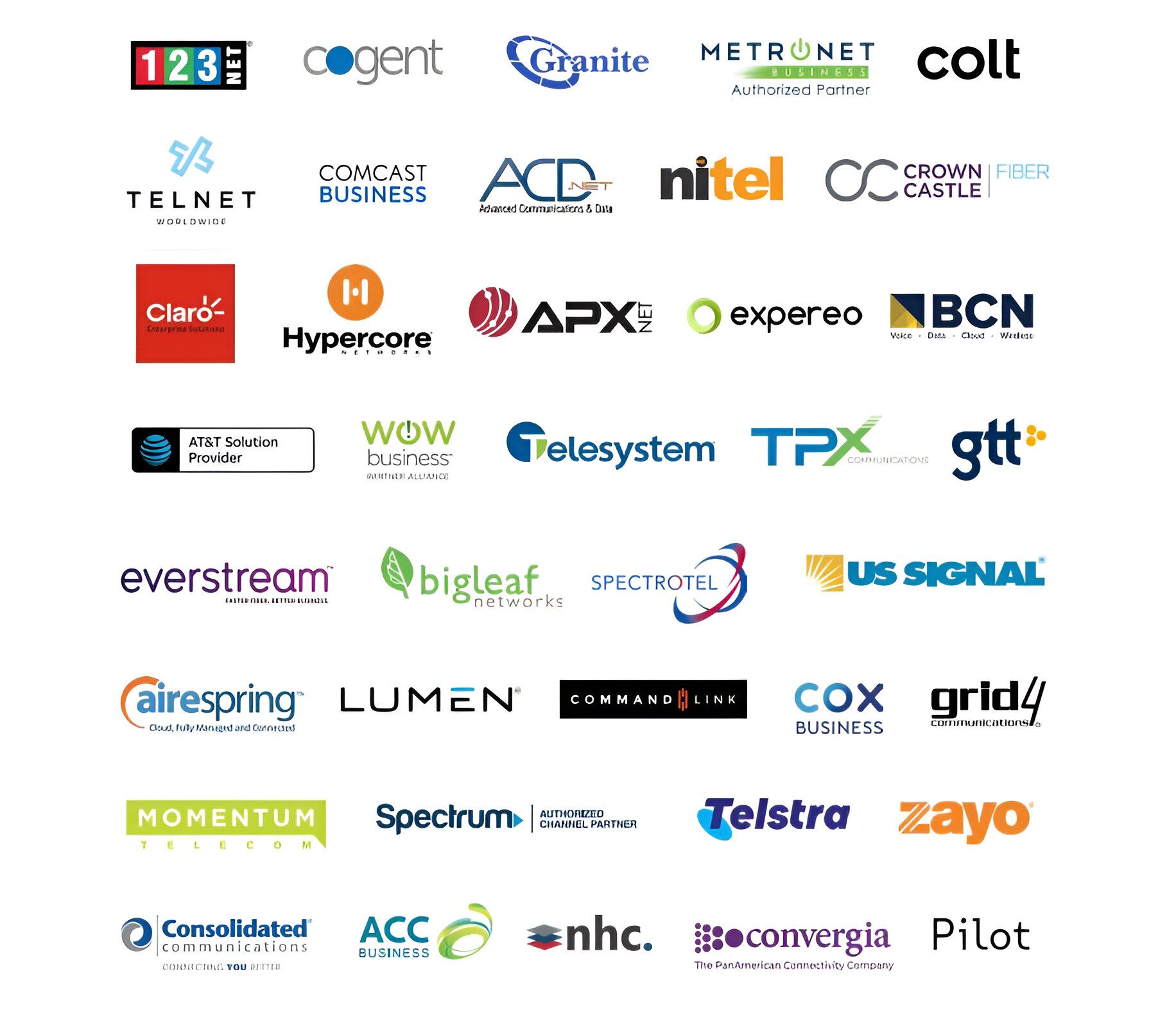
SD-WAN
Software-defined Network in a Wide Area Network
Includes:
Bandwidth Aggregation
Network Visibility
Intelligent Routing
Business Application Prioritization
Auto-Failover
MPLS Alternative
Firewall/Security Add-On's Available
USE CASE
A commercial dealer located in Georgia with 1500 employees and 30 locations saved $150,000 in the first year deploying a SD-WAN solution.
The client wanted a solution that reduced the network complexity, improved the quality of service, supported continued growth and was able to replace their expensive MPLS connectivity.
After implementation of the new SD-WAN solution, the customer was able to work with any major telecom or cable provider for dedicated internet access, allowing for redundancy. Additional advantages are increased uptime, network visibility, flexibility, and considerable savings.
Discussion Questions
How Familiar are you with SD-WAN?
How many locations do you have? Do you have a failover solution in place today?
How do you prioritize your mission critical applications?
Do you know your average bandwidth utilization?
What is the company tolerance for downtime?
Did you know?
Many carriers are willing to provide a proof-of-concept before a commitment.
Some SD-WAN providers will offer simple set up solutions that sit outside the firewall.
Featured Providers

Colo and Cloud Services
Includes:
Cloud Storage
Redundancy & Business Continuity
Disaster Recovery
Back-Up
Compliancy Requirements
AWS/Azure/Google Cloud
Public vs. Private Cloud
Discussion Questions
What is your understanding of Cloud Services? What applications have you moved to the Cloud?
How does your disaster recovery and business continuity plan look today?
What tools do you have to monitor, troubleshoot and remote into your application infrastructure 24/7?
Do you have upcoming projects? Do you have ample storage to accommodate them?
What are your company's mission critical application? How are these performing today?
Did you know?
When information is stored in the Cloud, it reduces the concern of data loss.
Customers tend to underestimate the bandwidth they require when moving to the Cloud.
Back-up refers to on-site solution and disaster recovery is off-site. (This is often a common misconception!)
We are capable of finding colocation space for clients anywhere in the world as well as accommodate any compliance requirements.
Some colocation providers can offer single-source connectivity to multiple Cloud services (i.e., Salesforce, Azure, AWS).
Featured Providers
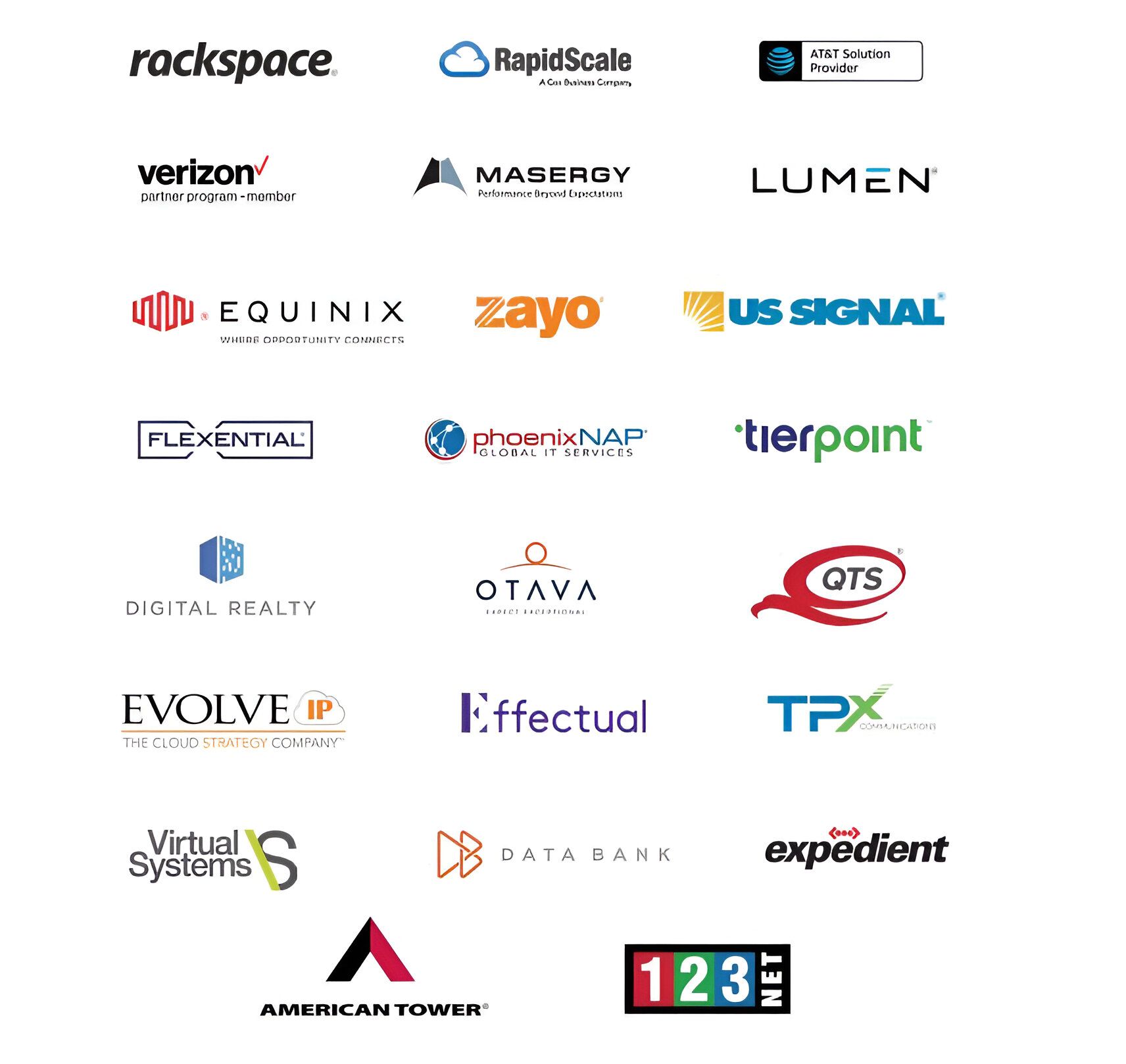
IoT (Internet of Things) & Mobility
Includes:
Temperature Controls
Sensors
Asset Tracking
Mobile Device Management
Proactive Mobile Optimization
Mobile Security
Mass notification systems
USE CASE
We were selected to review a large Midwest utility provider. We assessed the customer's current machine to machine / IoT cellular environment. In the process, we were able to identify that nearly 10% of the devices had no traffic and could be cancelled. This immediately saved the client more than $15,000 a month or $180,000 per year.
Additionally, when we reviewed the current rates of the machine to machine / IoT services, we were able to negotiate a 20% cost reduction on the current spend. This amounted to savings of more than $50,000 per month or $600,000 per year. Once the suggestions were approved, we assisted with the implementation and validation of the cost savings.
Discussion Questions
How do you handle asset management and tracking today?
Are you able to put real time information in the hands of your field management to allow them to make better decisions?
Can you identify equipment that is not performing properly before it breaks?
Are mobility issues overwhelming your help desk?
Featured Providers
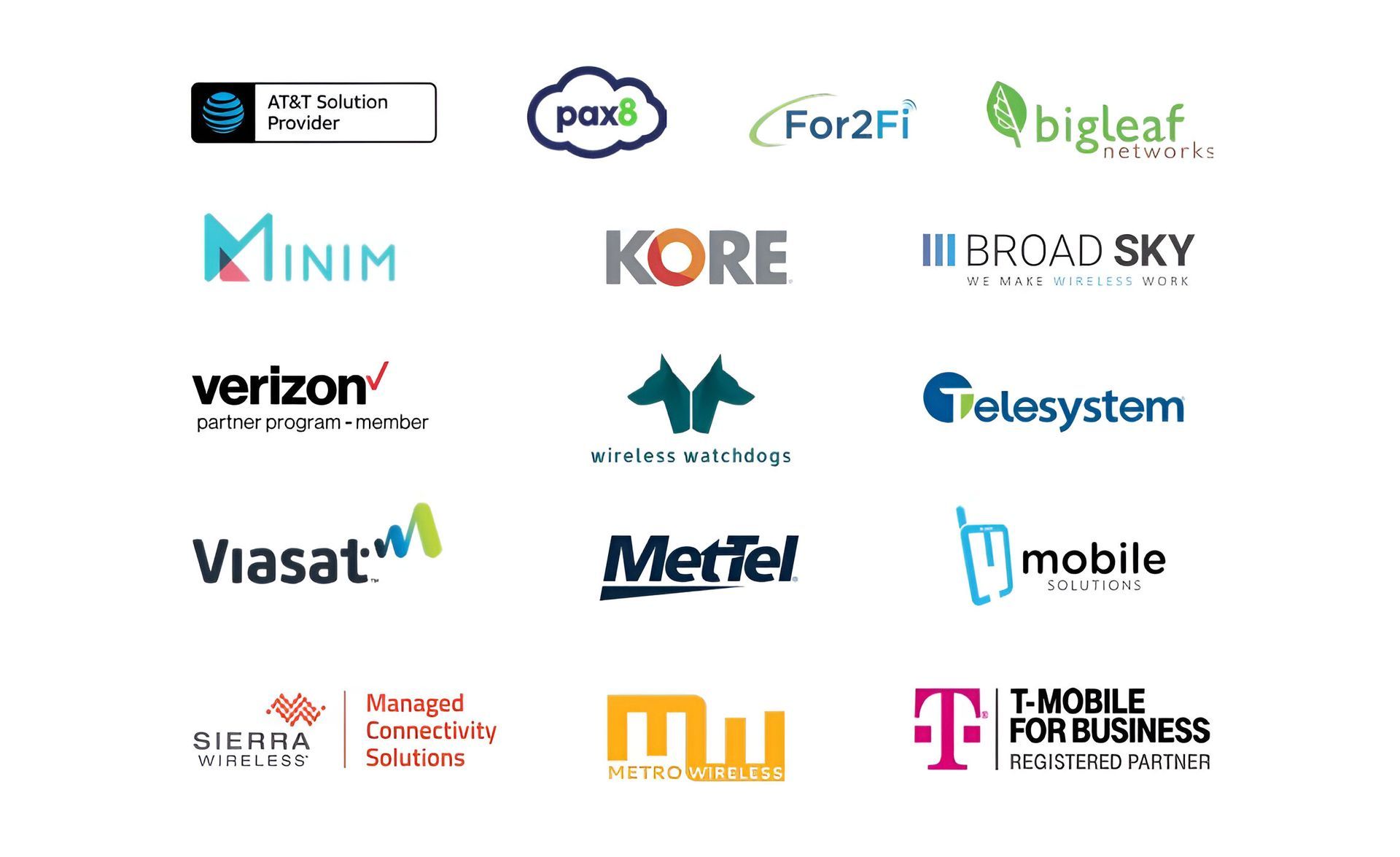
Expense Management
Includes:
Multiple Vendors/Invoices
Inventory/Auditing
Cost Management
Mobility Management
Budget vs. Spend
Contract/Renewal Reviews
Billing Reviews
Discussion Questions
Have you reviewed your telecom spend in the last year? Are your invoices audited on a monthly basis?
Are you frustrated having to spend time resolving billing issues with your vendors?
Do you have a convenient and simplified way to address your invoices in one place?
Are your telecom orders reconciled with your inventory and invoices?
Is your accounts payable team overwhelmed? Do they manually enter invoice payment data?
USE CASE
An automotive supplier recently selected a telecom expense company (TEM) to assist them. The automotive supplier had dozens of carrier invoices and tremendous turnover in accounts payable.
The TEM provided their expertise, software and ongoing support. Implementing the software has helped the client have transparency in the lifecycle of all monthly invoices, automate invoice auditing and centralize the data/reporting to enable strategic decisions making. It has also eliminated all client data entry requirements.
The new solution ultimately reduced their total technology spend by more than $285,000 annually.
Did you know?
The monthly telecom expense management software often pays for itself from the savings and credits that are identified.
Many telecom expense management solutions are able to integrate directly into your organization's financial software package.
Featured Providers
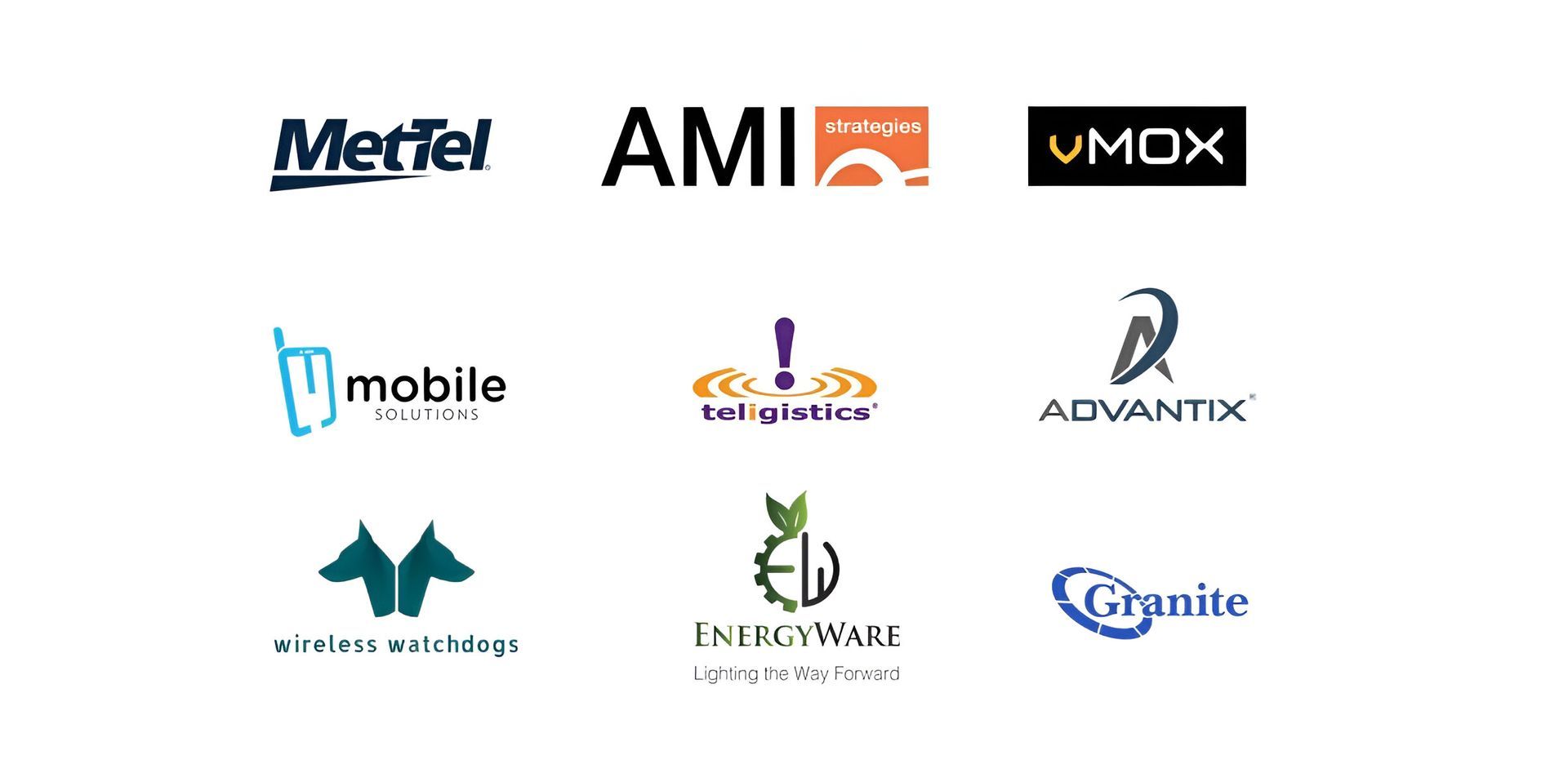
Software-as-a-Service
Includes:
Microsoft 365 Licensing
Webcasting/Webinar Licenses
Remote IT/Desktop Support
Video Conferencing
Discussion Questions
Do you use O365 today? Do you have challenges tracking the quantity of your licenses?
Do you have licenses that renew at different times? Are you looking for an alternative to long-term Microsoft contracts?
Has your business experienced a software audit from Microsoft?
Do you have 24/7 U.S.-based support with your current provider for questions or challenges that may arise?
What type of collaboration do you use daily? Do you have a need for larger virtual events?
USE CASE
A healthcare organization with 1,700 employees has 20 bills per month. They spend 8 hours each month on reconciliation and they needed assistance with Microsoft service. The customer also experienced a costly and time-consuming audit within the past year. In addition, their licensing model was inflexible.
An ETS valued provider was able to consolidate the billing down to one invoice per month and move them to a new platform and a month-to-month consumption model.
The new platform allowed them to scale their licenses up or down at any time. The customer experienced thousands of dollars in savings per month after right-sizing the licenses.
Featured Providers
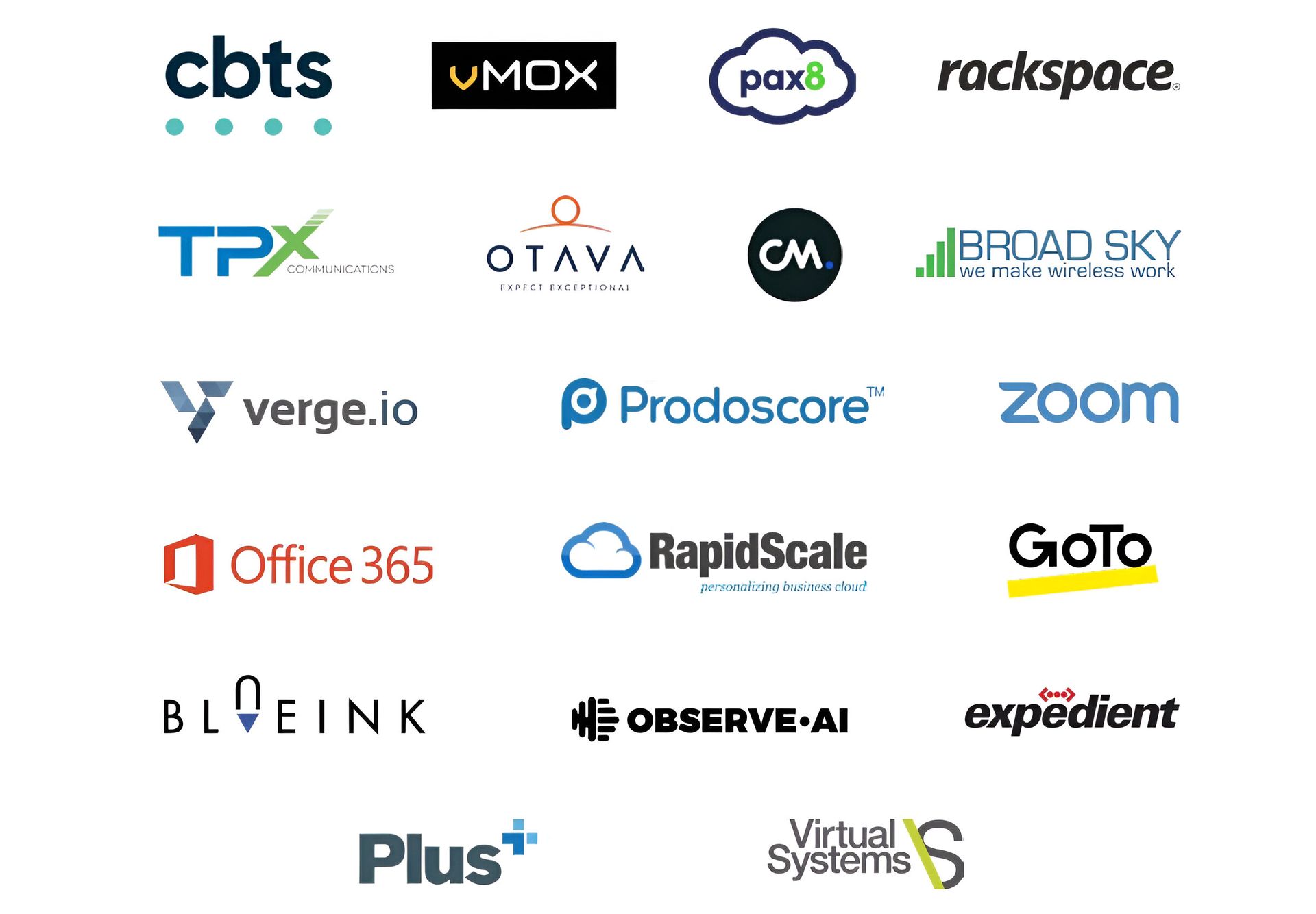
Security: Physical/Access Control
Includes:
Video Surveillance
24/7/365 Cloud Monitoring
Mass Notifications
Access Control
Mobile Duress
Thermal Imaging
Fire Alarm
Visitor Management
Active Shooter/Threat Detection
Wandering Patient/Infant Protection
Building Automation Systems
Facial Recognition
Did you know?
Monitoring services offer incredible value on interfering with crimes in progress, enhancing police response times and lowering fees from false alarms.
Traditional on-premise solutions provide minimal redundancy, untimely hardware malfunctions, overloaded storage, and a single point of failure.
Featured Providers
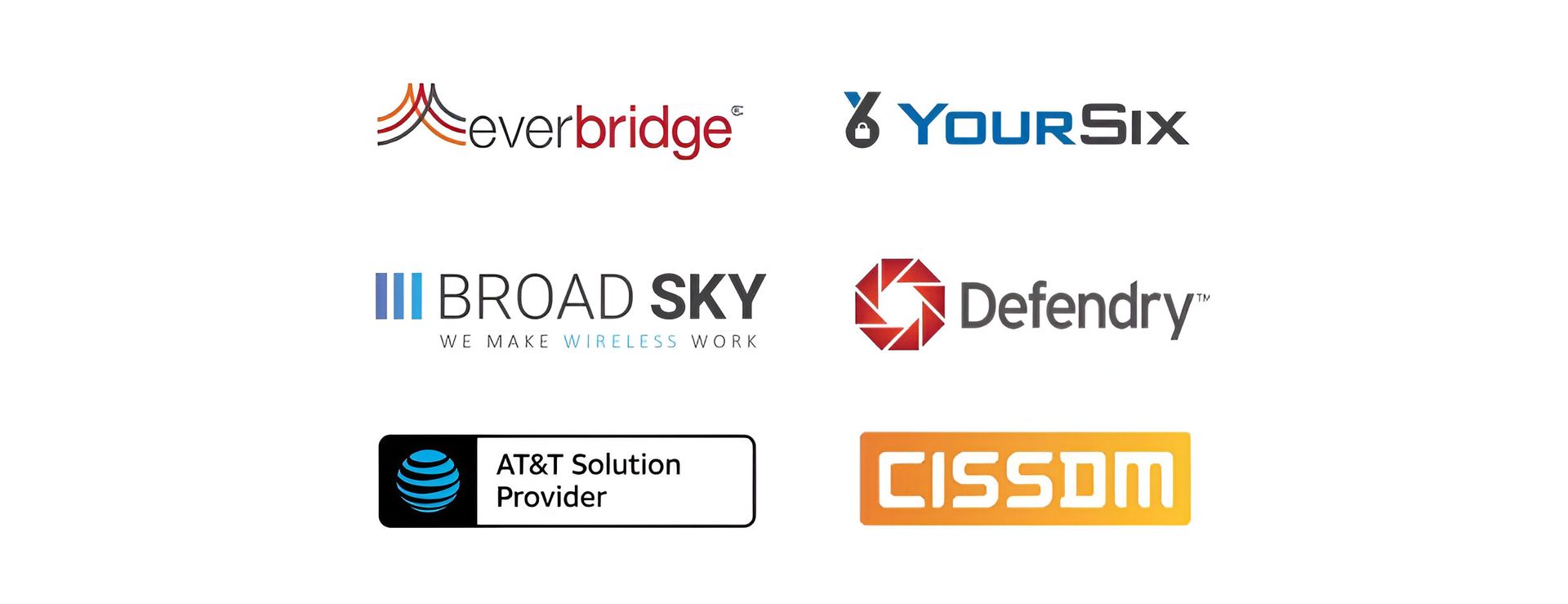
Unified Communications (UCaaS), Hosted PBX & Traditional Voice
Includes:
Traditional Lines (POTS)
Hosted/On-Premise PBX
SMS/MMS Messaging
Group Chat/Collaboration
CRM Integration
Auto-Attendant
Quality Management, Analytics & Dashboards
Call Recording
Virtual Meetings
Discussion Questions
Are you familiar with the advantages of unified communications? Are there features that your current system does not have that you would like to have?
How many offices do you have? How are you communicating with your employees, prospects and clients? What collaboration tools are you using today?
How is the service/maintenance with your current provider?
Do you have remote employees that need mobile or soft phone capabilities?
How is the reporting with your current system? Are there reports you feel you are missing?
USE CASE
A U.S.-based medical device company that develops and manufactures brands in more than 90 countries needed a solution that could connect all of their 2,000 employees worldwide.
We found a unified communications provider that was able to assist with unlimited extensions and collaboration capabilities to enable their employees to easily work remotely and communicate from anywhere. The UCaaS provider was able to offer calls, messaging, and video conferencing — all in one application on a stable, reliable platform.
Featured Providers
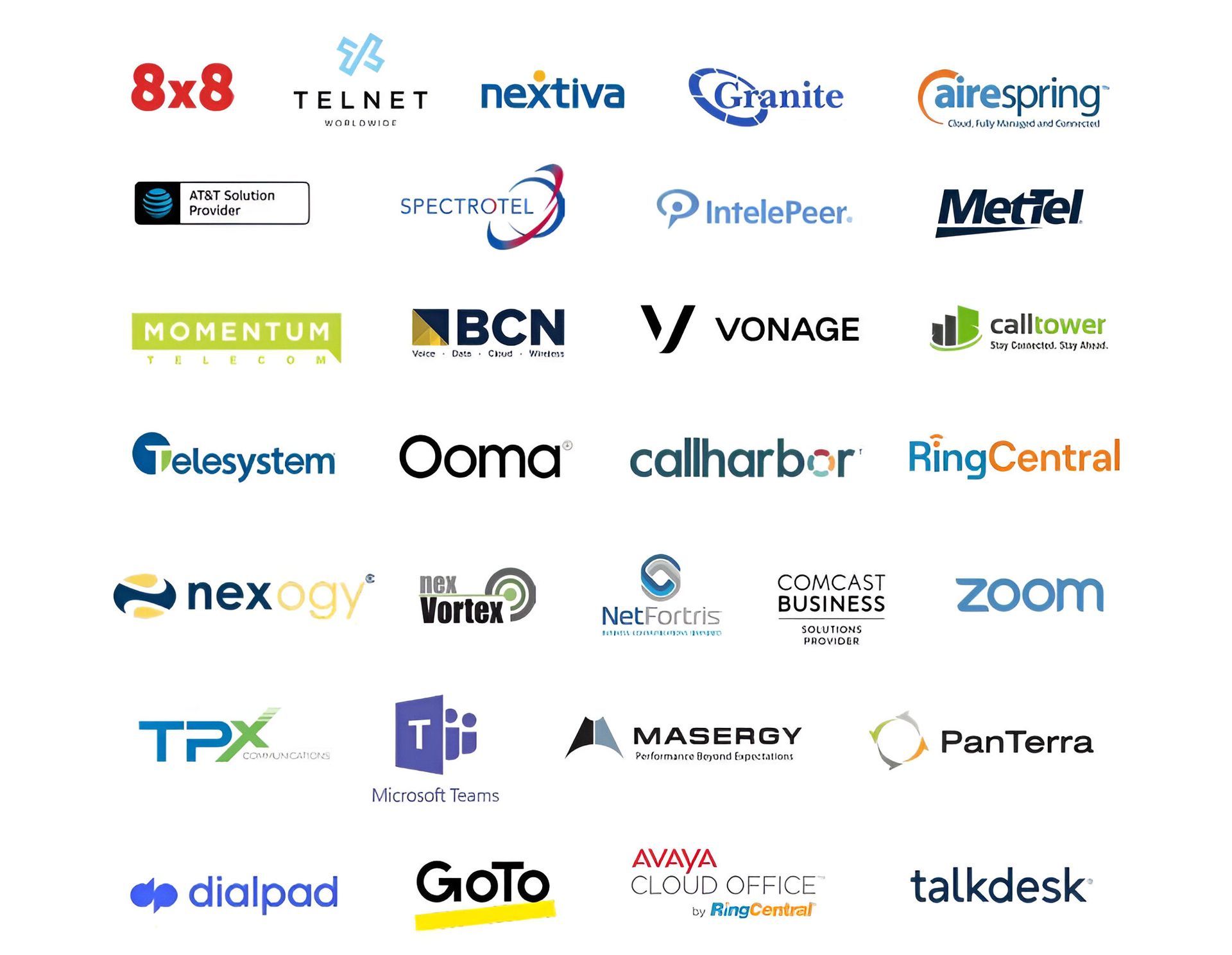
Call Center/Contact Center (CCaaS)
Includes:
Call Center
Help Desk
Customer Experience
Real-time and Historical Reporting
Customer Support
Performance Management
Remote Workers
Automated Call Distribution
Customer Feedback Management
Omni-Channel Session Handling
(Chat, SMS, Voice)
Discussion Questions
How are your customers contacting you today?
Do you have remote workers in your contact centers? How do you train and coach these remote workers? Are all of your calls currently recorded?
Do you currently serve your customers through web chat, email, or social media in addition to calls? Can your agents handle all of them through one environment?
Is your contact center integrated into your CRM?
Is there reporting or analytics that would be helpful for you today?
Did you know?
The most frustrating aspect of
customer service is an automated telephone system (the inability to reach a live person for customer support).
41% of customers have stopped using a product or service after having to repeat themselves over and over or after being passed from rep to rep.
96% of customers expect their issues to be resolved (quickly) on the channel of their choice (Chat, SMS, Email, Voice).
Featured Providers
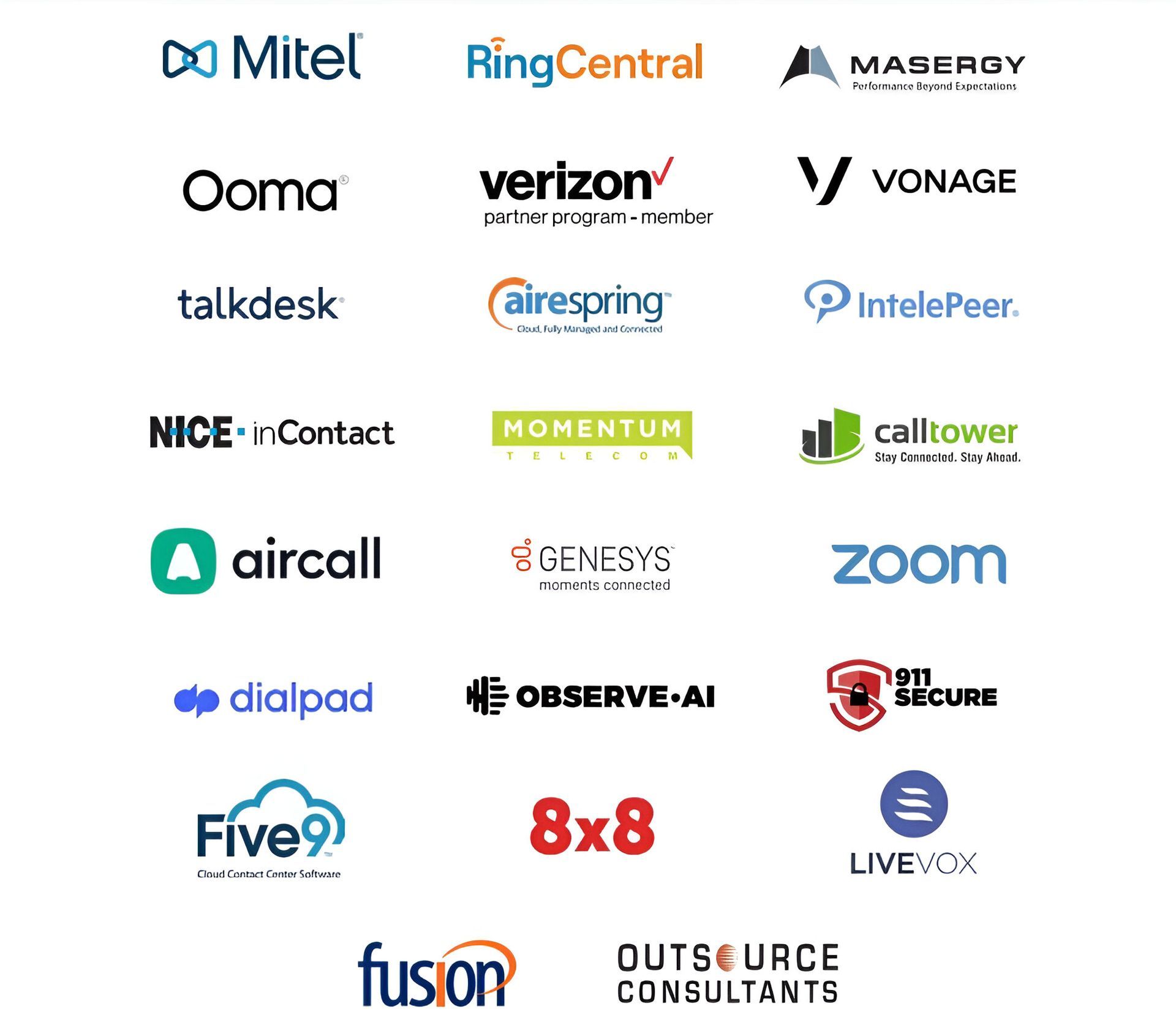
Telco Aggregators
Includes:
Multi-location organization
Complex Billing
Multiple Carriers
Insight into usage/performance
Multiple Invoices (access, network, equipment mobility, software, etc.)
Improves efficiency/one-portal for all telecom spend
Discussion Questions
Do you have multiple locations, carriers, and services?
Would it be helpful to consolidate multiple services and multiple monthly invoices?
Would you business benefit from a single point of contact?
Would you like the added convenience of managing and monitoring all the equipment and circuits in your network, even those devices not included in the solution?
Would a single portal to view all services at all locations, manage and pay invoices, and generate custom reports improve the efficiency of your team?
USE CASE
A customer with 89 U.S.-based location across many different states was looking to simplify management of a complex telecommunications network. They needed better analysis of their network to better understand the difficulties and solutions. They preferred one monthly invoice for all telecommunication services and ideally, cost savings on telecommunication services.
We were able to offer an aggregator that could provide one invoice for al services. The aggregator provided easy-to-use management tools and became their single point of contact. This solution allowed the organization to save approximately 20% monthly on their telecommunication costs.
Featured Providers
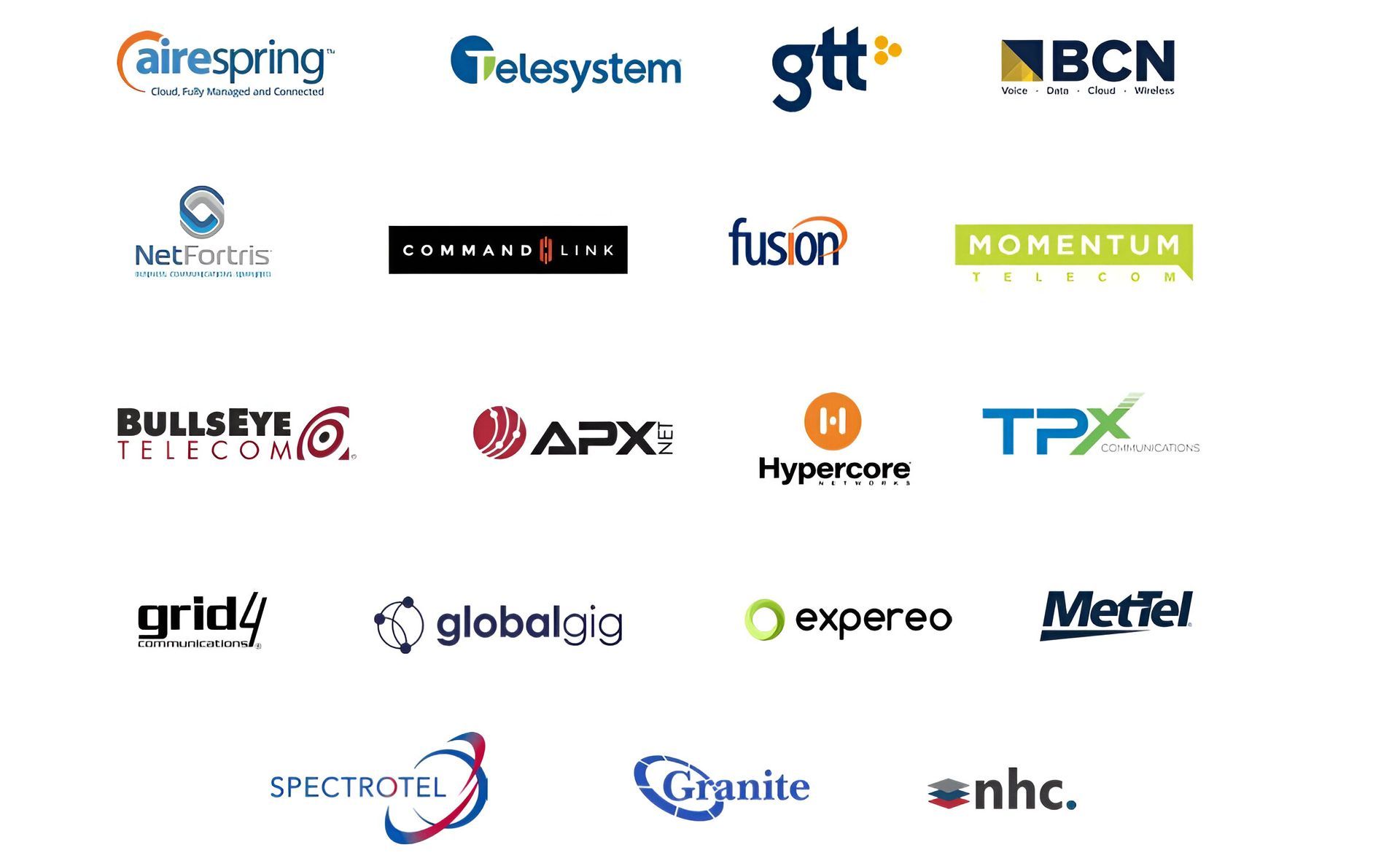
New Office Move Checklist
LOGISTICS
>Current office address
>Lease/sale date
>Is the lease/sale finalized?
>New office address
>Date of move
>Date of official office opening
>Have you coordinated the move-date and transportation?
>Do you need to coordinate for parking accommodations or passes at the new office?
>How will you manage physical guest access to the building/office
>Do you have any large or managed printers that need to be moved?
>Are you moving furniture? If so, how long do you plan to have people working remote while it is installed?
>Will you have a segmented move, a few departments at a time?
>Who will be moving/installing the equipment?
APPLICATIONS
>Do you have servers on-site at your existing at your existing office?
Include computer, storage and applications.
>Are you moving these offsite or to the new office?
>Do you have a company website and/or intranet?
• If yes, where are these being hosted?
• Will you be using any migration or replication services?
>Do you have any Cloud infrastructure today?
AWS, Azure, Google, etc.. And are you leveraging Cloud Connects or Express Routes?
>Are any on-premise applications migrating to SaaS applications before/during the move?
>How do you handle remote user access? Including authorization and security.
INFRASTRUCTURE
>Are there any concerns of existing services or ongoing contracts? Are you keeping current providers for any service? Are you keeping current providers for any services?
This includes voice, internet, static IPs, fax, print.
• if yes, can the existing provider service your new location?
• if yes, have you planned for scheduled downtime to complete the cutover?
>Are you considering hosted voice? Have you thought of deployment pre-move?
>Have you confirmed whether there are any union riser restrictions (if multi-tenant/floor)?
Including subcontractors – build permits and regulations.
>Are you replicating your current internal IP addressing scheme at your new office?
>Is there any additional equipment needed at the new location?
This can include routers, switches, firewalls, access points (anything that needs a refresh or add on).
• Do you have PoE to the workstations, conference rooms, security cameras, etc.?
>Will you have video surveillance throughout the office?
>How do you plan to handle wireless access within the office?
• Do you plan to segment guest Wi-Fi?
• Do you need a managed solution?
>Will you need structured cabling installed throughout the building/office?
>Will you be using Cat5e, Cat6, Cat6a, etc.? Will there be IDFs throughout the office?
>Are any conference rooms set-up and wired for the applicable equipment needed?
>Are there specific audio/video needs in any of the conference rooms?
Remote Employee Checklist
Discussion QUESTIONS
What challenges have you uncovered with your Work From Home (WFH) environment? Have you had any issues or needed functionality that your current communication platform does not offer?
Can your employees troubleshoot connectivity issues on their own? Do your employees have the ability to prioritize their WFH network?
How have you increased security for your remote workforce? What additional checks and balances have you put in place?
How do you keep employees motivated and engaged?
How do you measure your employees' performance while they are WFH?
How has the transition affected your overall employee experience?
How do you have the ability to record incoming customer calls?
Can you manage your call center remotely? If so, what challenges have you experienced?
Do you have the ability to view call traffic (call volume/abandonment) reports with your current platform?
Do your employees use their personal devices for work purposes?
TRENDS
73% of all teams will have remote workers by 2028.
86% of workers are more productive when working remotely.
34% of U.S. workers would take a pay cut up to 5% in order to work remotely.
29% more of remote workers say they're happy in their jobs when compared to on-site workers.
82% of telecommuters reported lower stress levels — and data shows less stress leads to happier, more engaged employees.
80% of telecommuters report higher morale, and 69% of telecommuters reported lower absenteeism.
68% of remote workers say they are not concerned working remotely will impact their career progression.
GO REMOTE TECHNOLOGY SERVICES
Connectivity
// Security
//
Unified Communications
//
Call Center in the Cloud
Desktop as a Service
//
Conferencing & Collaboration
//
SMS Text Messaging
Mobile Device Management
//
Workforce Management
//
Productivity Analytics
